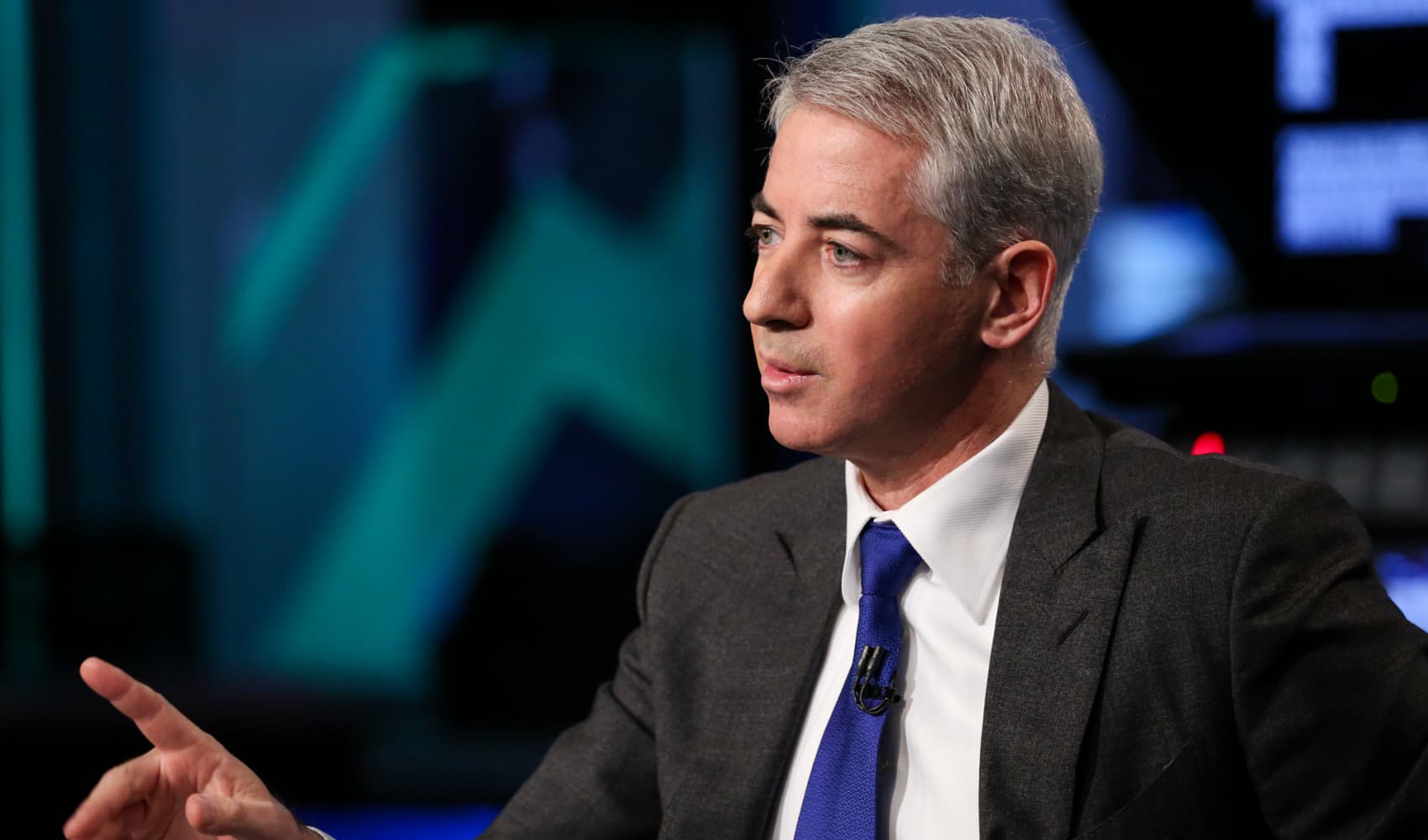
Whether the financial markets have correctly priced in "peak inflation" and a potential Federal Reserve pivot is a topic for another day.
But there is ample evidence that the inputs that drove inflation higher, especially in the goods sector, are heading back to Earth.
A disinflation checklist may be in order here, despite what appears to be more sticky inflation in services and wages.
Let's start with what some, myself included, believe to be the root cause of this most recent inflation spike, the pandemic-induced disruption of global supply chains.
Get New England news, weather forecasts and entertainment stories to your inbox. Sign up for NECN newsletters.
For instance, the New York Federal Reserve's Global Supply Chain Pressure Index (GSCPI) has fallen for five consecutive months which, according to the New York Fed, means the following: "The GSCPI's year-to-date movements suggest that global supply chain pressures are beginning to fall back in line with historical levels."
Meanwhile, the cost of shipping a container from Asia to the U.S. West Coast has reportedly fallen from about $20,000 to roughly $2,400 in just a year. At the same time, the queue of ships heading into western ports, once clogging shipping lanes, has dropped sharply.
That's just the beginning of what's happening to the argument that inflation will fall in a matter of months, despite what the naysayers claim.
- Some semiconductor companies are now slowing chip production amid signs that a weakening global economy is leading to a glut of chips. That means that everything from auto to appliance production can proceed apace, alleviating the shortages and price hikes we've seen over the last 15 months.
- Residential real estate is in recession, with asking prices for homes falling, purchase cancellations continuing and rents dropping in major metropolitan areas around the country. This will put downward pressure on the consumer price index, but with a multi-month lag, given how the CPI is constructed. Economist Alan Reynolds, of the American Enterprise Institute, recently said that aside from the cost of shelter, which comprises roughly 32% of CPI, the average of all other consumer prices was below zero for the last three months.
- Job openings dropped by over 1 million last month, which could lead to a lessening of labor market tightness and associated wage pressures on which the Fed has been keenly focused.
- Oil prices, after a surge on the OPEC + move to cut production by 2 million barrels per day, have dropped below $88, putting a lid on gasoline prices which are very tightly correlated to CPI.
- Industrial commodity prices, like those of lumber and copper, often a measure of excess demand for everything from cars to computers to houses, are also down sharply from their most recent highs.
- Retail inventories, especially apparel, have surged at Walmart, Target, Nike and other establishments.
- The yield curve, from the 3-month T-bill rate to the 10-year note yield, has moved closer to inversion of late, a sign that recession is, again, a bigger bond market worry than inflation.
- Inflation expectations, as measured by 5- and 10-year "breakevens," remain below their February peak.
All of this suggests that inflation has indeed peaked and will fall much more rapidly in the months ahead, the latest data notwithstanding.
Money Report
Indeed, headline inflation has decelerated from its highest levels this year, even as so-called "core inflation," which excludes food and energy prices, remains sticky.
Technological innovation, whether its robots moving boxes for Amazon, or making fries for McDonald's, will also exert downward pressure on wage inflation, possibly sooner than many expect.
It appears the Fed is looking in the rear-view mirror when it comes to the inflation fight, still comparing this period to the mid-1960s through the early 1980s – an acceleration of higher prices that lasted 15 years.
This latest bout of inflation is already starting to slow.
It's important to avoid the policy mistakes of the past, as the Fed is attempting to do, but it's equally key to anticipate the future, which financial markets do far better than individuals.
Markets are a discounting mechanism. The Fed should not disregard this when making plans for our economic future.
— Ron Insana is a CNBC contributor and a senior advisor at Schroders.






